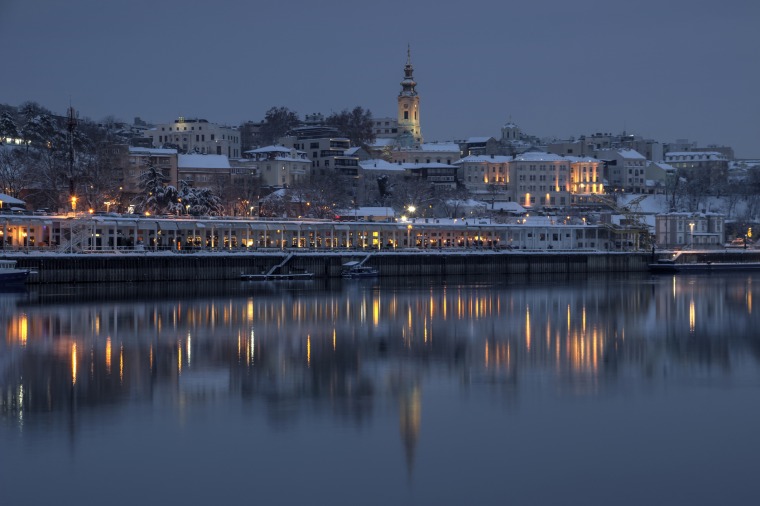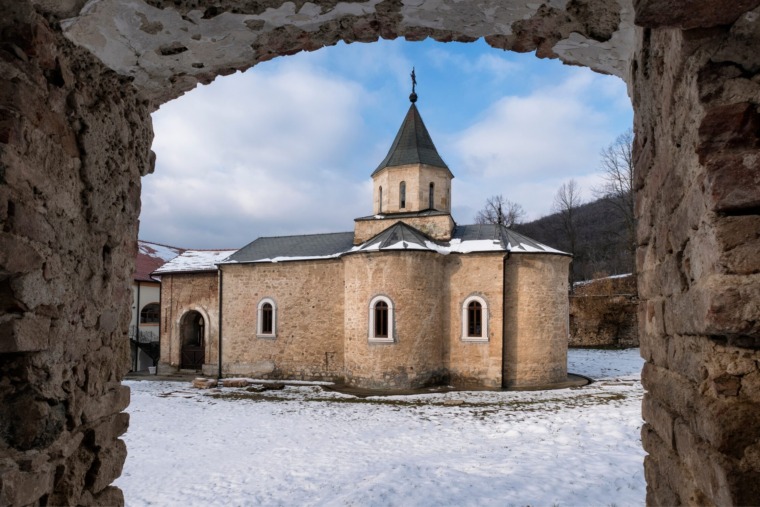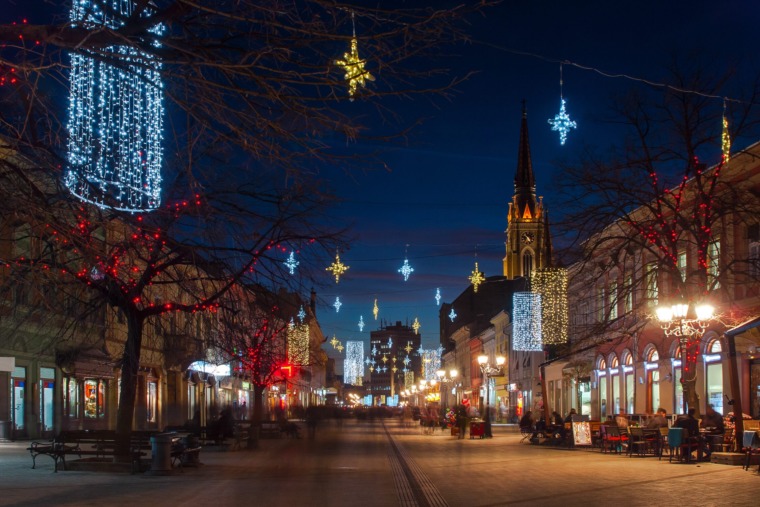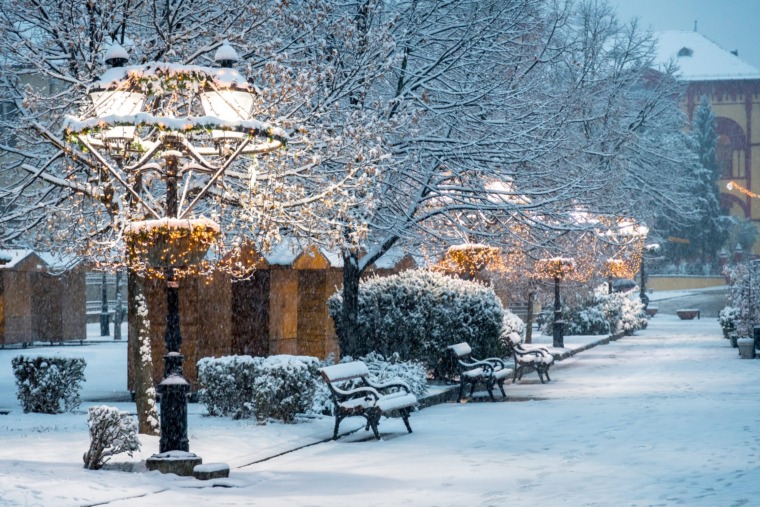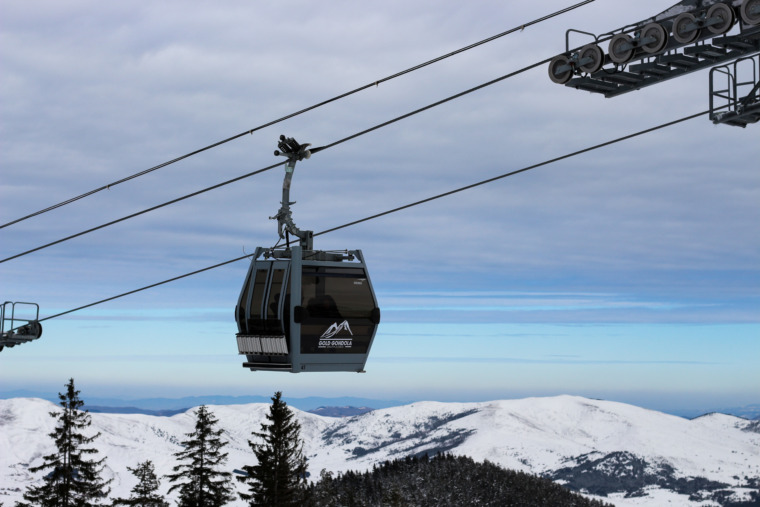

High in the breathtaking landscapes of Kopaonik Mountain, beneath the majestic Pančić’s Peak at 2017 meters above sea level, lies an ancient archaeological site known as Nebeske Stolice, or “Celestial Chairs.” Perched at an elevation of 1800 meters, this historical site holds secrets from late antiquity and early Christianity, offering visitors a unique blend of history, mystery, and stunning natural beauty.
A Glimpse into History
Nebeske Stolice, also referred to as “Crkvina,” dates back to the late Roman (3rd-4th century) and early Christian periods (late 5th-6th century). Archaeological excavations, which began in 1998, uncovered the remains of residential buildings and an impressive basilica with a unique architectural design. Among the most significant discoveries is a well-preserved early Christian mosaic, indicating the site’s importance as a spiritual and religious center.
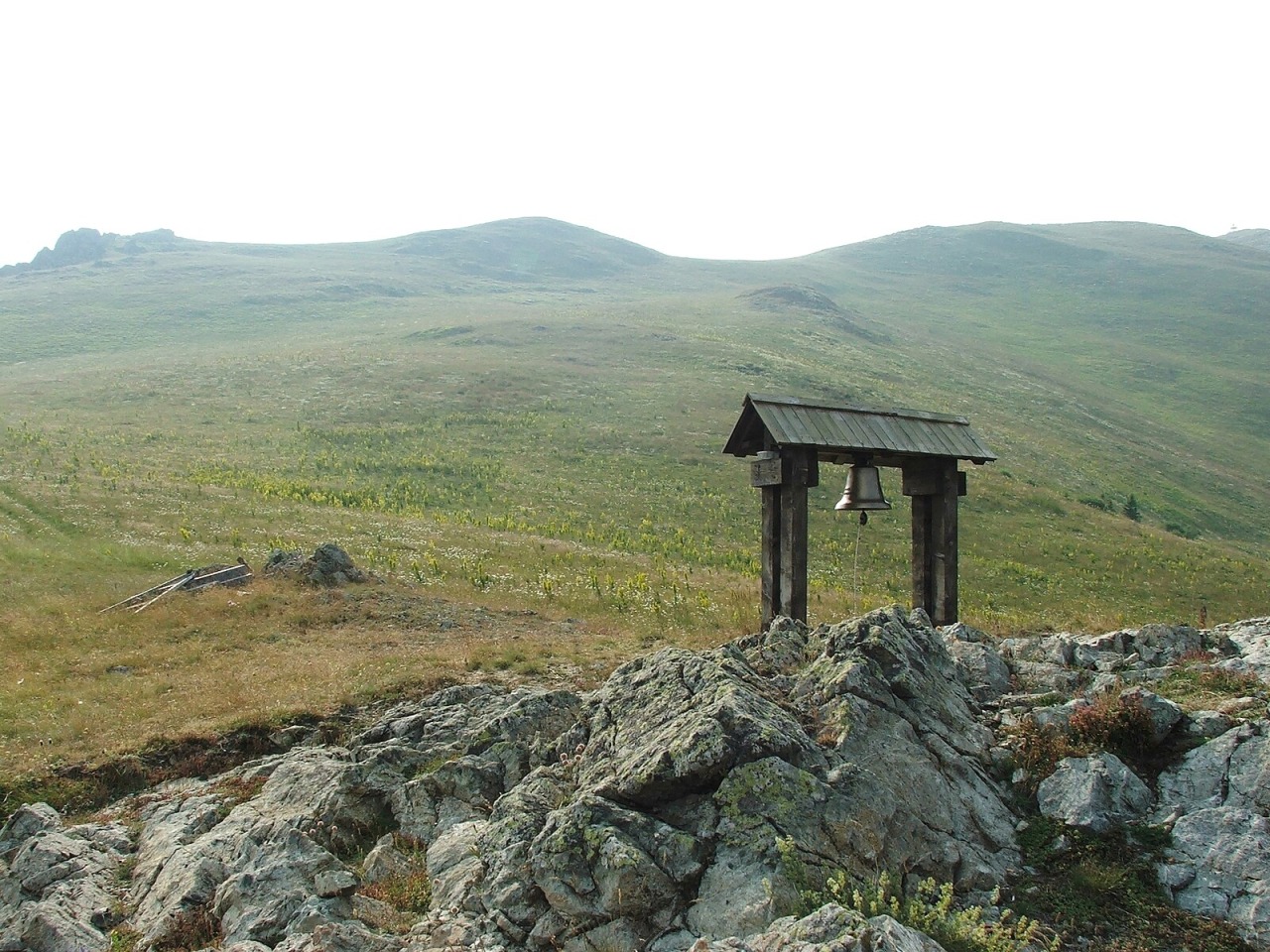
Interestingly, there is no evidence of medieval reconstructions or later settlements at the site. Historians believe that after it was abandoned, likely during the migration period, Nebeske Stolice was never repopulated, preserving its historical integrity for centuries.
A Religious and Cultural Hub
The site’s religious significance suggests that it was once part of a larger settlement, possibly linked to an early Byzantine fortress or nearby fortifications. Some theories propose that the main settlement may have been located at Čučajica Hill, south of Nebeske Stolice, or the Gradac fort near the village of Đerekare.
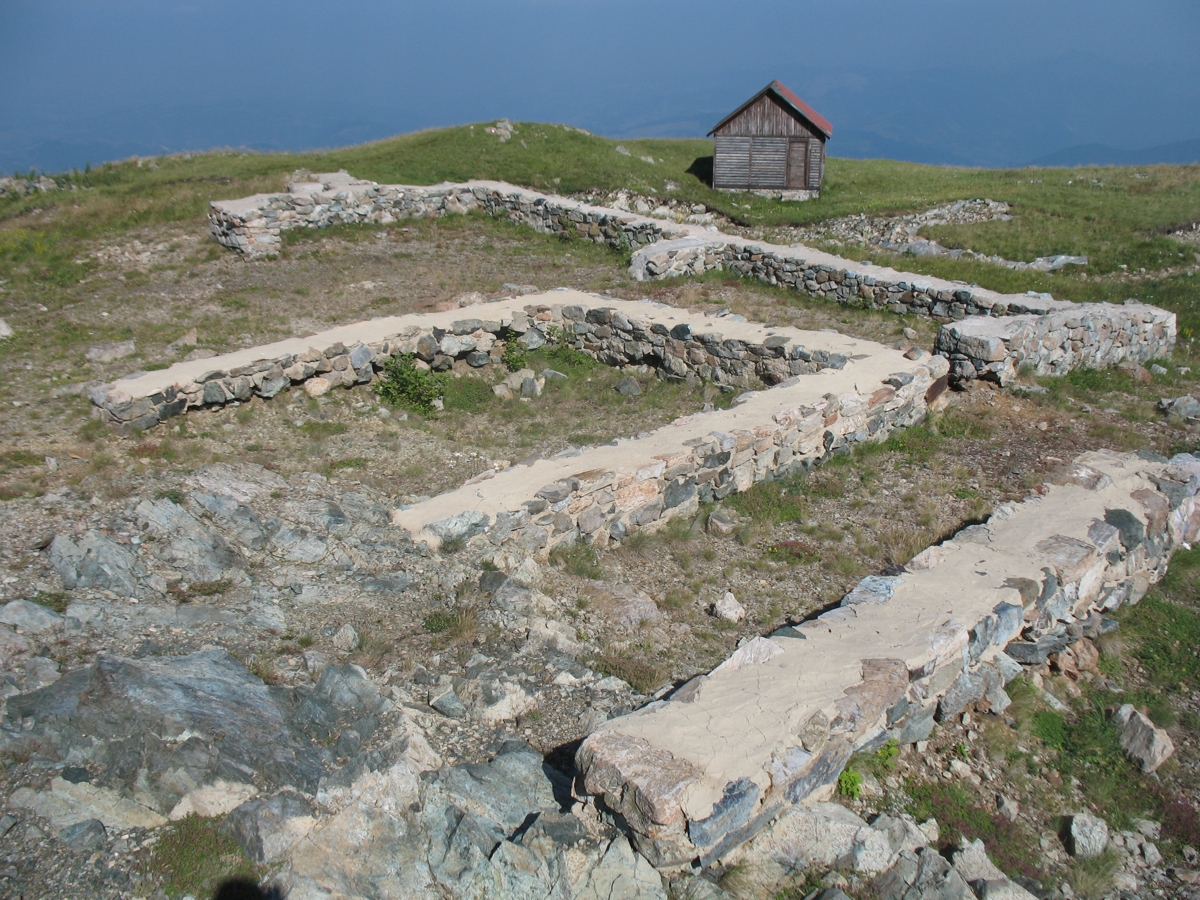
Local folklore adds another layer of intrigue. For generations, villagers believed that a church dedicated to Saint Procopius once stood at the site. Each year, on July 8th, people would visit this sacred place to honor the saint. This tradition, coupled with the findings of an early Christian basilica, strengthens the belief that Nebeske Stolice was once a thriving religious sanctuary.
The Discovery of an Ancient Basilica
One of the most remarkable structures uncovered at Nebeske Stolice is a basilica featuring a unique double-apse design, a rare architectural element in early Christian churches. The building includes a narthex, nave, and additional annexes, all constructed from carefully shaped and mortared stone. Inside, traces of frescoes and a beautifully designed floor mosaic have been discovered, showcasing the artistic and religious expression of the time.
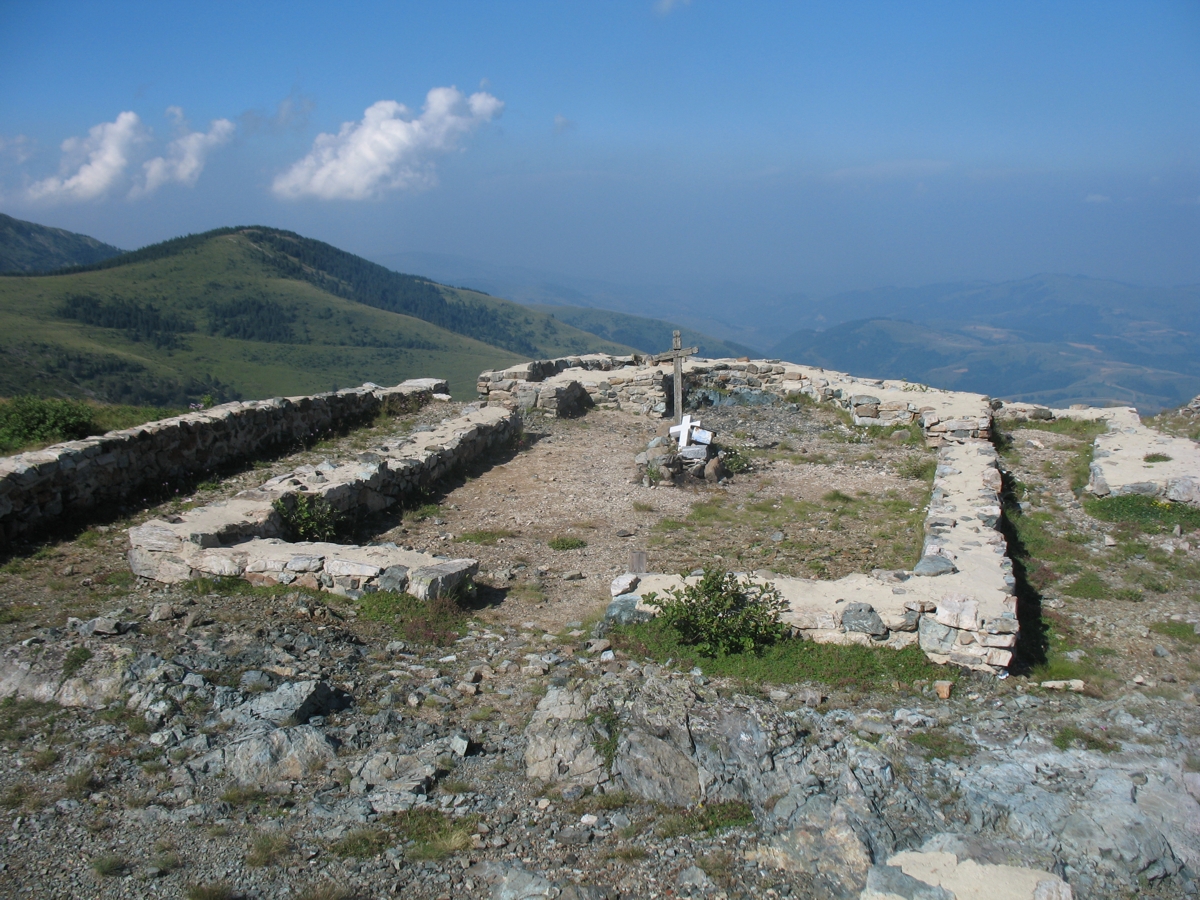
The mosaic, crafted in the opus tessellatum technique, is particularly fascinating. Though only a small portion remains intact, it features geometric and animal motifs, including a symbolic bird often associated with spirituality in early Christian art. Due to exposure to fire and time, the mosaic was carefully removed for conservation, with plans to install a replica at the site in the future.
The Natural Beauty of Nebeske Stolice
Beyond its historical significance, Nebeske Stolice offers breathtaking panoramic views of the Ibar Valley and Kosovo. The site’s name, given by the renowned Serbian general Živojin Mišić in 1895, reflects its heavenly setting among the clouds. The area is also a paradise for nature lovers, with hiking trails leading through dense forests, rolling meadows, and stunning rock formations.
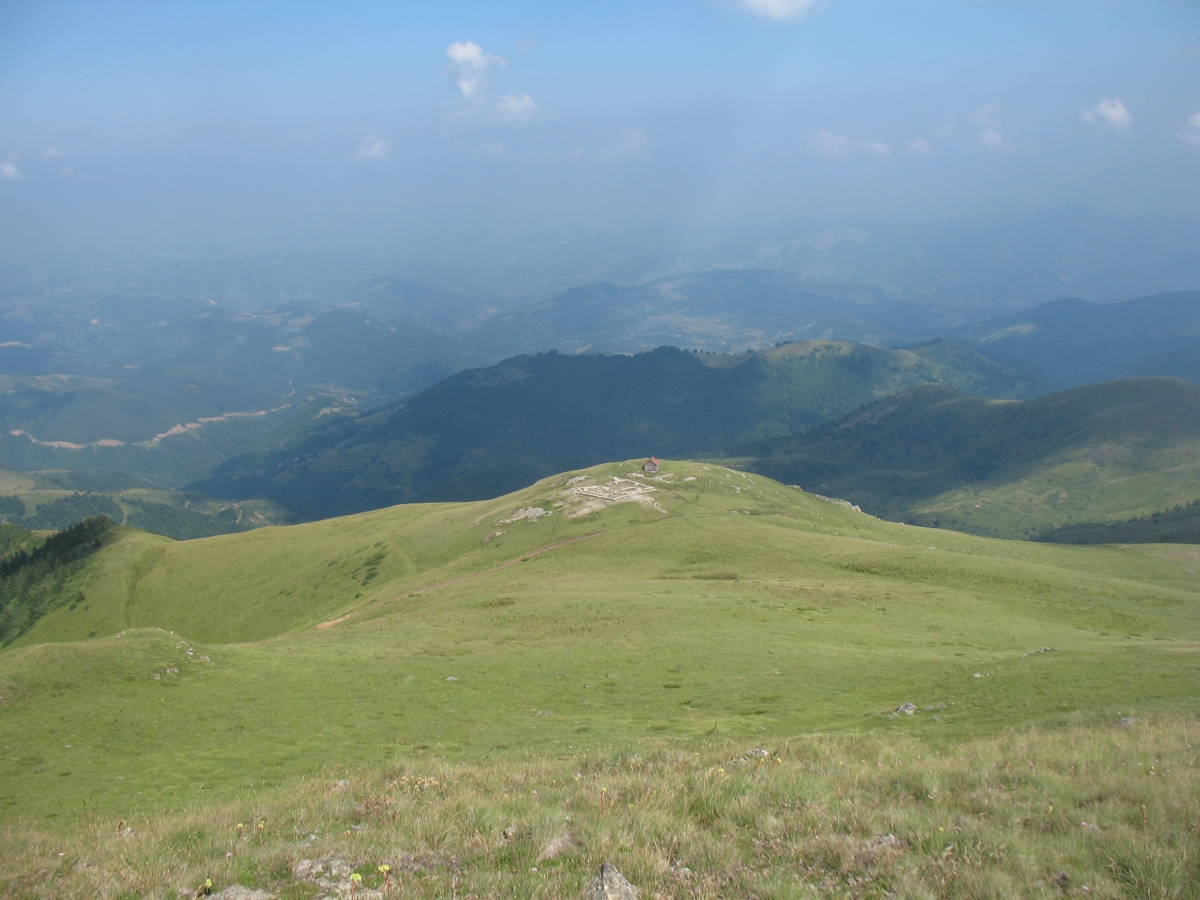
Visiting Nebeske Stolice
Located just off the scenic road that circles Pančić’s Peak, Nebeske Stolice is accessible to visitors exploring Kopaonik National Park. Whether you are a history enthusiast, an archaeology lover, or simply someone seeking tranquility in nature, this hidden gem promises an unforgettable experience.
For those already exploring Kopaonik’s famous ski resorts and natural wonders, Nebeske Stolice offers a unique side trip that blends history, spirituality, and breathtaking landscapes. Don’t miss the opportunity to stand among the ruins of an ancient world and take in the beauty of Serbia’s highest mountain.
Featured image: CrniBombarder!!! , Wikimedia Commons
Related Articles


Winter Wine Escape: Serbia’s Most Beautiful Holiday Wineries
December 11, 2025